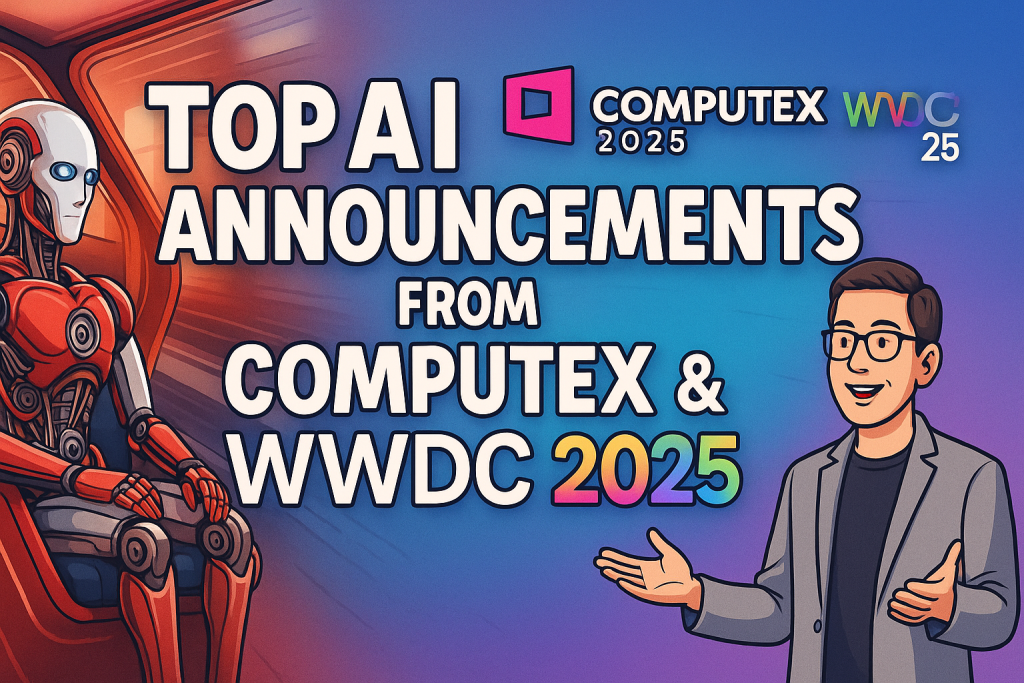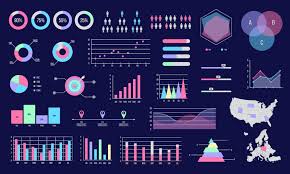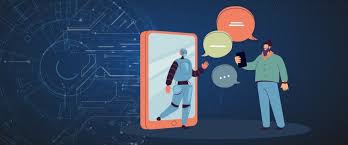
The world of tech has been buzzing louder than ever in 2025, thanks to a double whammy of major tech events: Computex and WWDC. These two industry-defining conferences have delivered a flood of AI announcements 2025 that are reshaping the future of both hardware and software.
While some announcements were anticipated—like new hardware refreshes—others were genuine surprises hinting at new directions for AI development. From Computex AI news centered on powerful new chips to WWDC AI updates transforming how everyday users interact with their devices, this year’s events have been a showcase for the latest AI trends 2025 and groundbreaking innovations.
Let’s dive into the biggest reveals and understand why they matter, not just for tech insiders but for anyone interested in the rapidly evolving world of AI breakthroughs.
Why AI Announcements at Computex & WWDC Matter
Computex and WWDC aren’t just shows—they’re the stages where the future of technology is revealed. Companies save their biggest announcements for these events because they attract the global spotlight from:
- Investors, who want to know where the tech giants are placing their bets
- Developers, eager to build the next generation of apps and solutions
- Consumers, curious about how new tech will change their lives
AI has quickly become the centerpiece of both hardware and software roadmaps. Whether it’s high-performance chips for data centers or personal assistants embedded into our phones, AI is shaping how we work, communicate, and create.
And as these events showed, we’re only getting started.
Major AI Announcements from Computex 2025
Let’s look at what dominated the Computex AI news headlines this year.
NVIDIA’s New AI Hardware Innovations
NVIDIA set the tone at Computex with a series of new GPUs and dedicated AI accelerators designed for next-generation workloads. The new “Blackwell Ultra” chips promise 50% higher performance for large language models compared to last year’s already impressive Hopper lineup.
The company emphasized lower power consumption—a crucial factor as enterprises deploy AI at scale. These advances are expected to significantly reduce training times for massive AI models and make AI inference more efficient, opening doors for new applications in real-time translation, medical imaging, and autonomous systems.
AMD’s AI-Optimized Processors
Never one to let NVIDIA have all the spotlight, AMD revealed its Zen 5 AI-focused CPUs with integrated AI engines. These chips include specialized instructions for accelerating generative AI tasks, making them perfect for workloads like image synthesis, video editing, and AI PC assistants.
AMD also announced partnerships with key software players to optimize frameworks like PyTorch and TensorFlow for their new hardware. Industry watchers see AMD’s move as a significant challenge to both Intel and NVIDIA in the AI space.
Intel’s AI Strategy Revealed
Intel arrived at Computex ready to prove it’s still a major player. The tech giant unveiled its new “Lunar Lake” architecture, boasting dedicated AI cores designed for on-device inference without draining battery life.
Intel also introduced expanded AI software toolkits, helping developers build AI-powered apps for both enterprise and consumer devices. Analysts predict these innovations could finally help Intel regain momentum in the AI hardware race.
Emerging Startups Showcasing AI Solutions
While big names dominated headlines, Computex was also a showcase for innovative startups. Companies demonstrated AI PC co-pilots that integrate directly into operating systems, offering real-time assistance in tasks ranging from coding to content creation.
Others displayed low-power AI chips designed for IoT devices, promising intelligent features without constant cloud connectivity. This ecosystem growth hints at a future where AI isn’t just for big data centers—but for every device we use.
Curious about emerging AI innovators? Check out HERE AND NOW AI’s coverage of emerging startups for deeper insights.
Biggest AI Highlights from WWDC 2025
WWDC 2025 was equally electric, with Apple planting its flag firmly in the AI revolution.
Apple Intelligence: AI Features in iOS, macOS, and More
Apple unveiled Apple Intelligence, an umbrella of AI capabilities woven into iOS, macOS, watchOS, and visionOS. New features include:
- A smarter personal assistant that understands context
- On-device text and image generation tools
- Enhanced photo and video editing capabilities
Apple emphasized on-device AI processing, reducing reliance on the cloud to enhance privacy—a key differentiator for users wary of sharing data online.
AI Developer Tools in Xcode & Swift
Apple didn’t forget developers. WWDC introduced new APIs in Xcode and Swift, making it easier than ever to integrate AI into apps. Developers now have tools for:
- Natural language understanding
- Image and video analysis
- Creating AI-powered experiences seamlessly across devices
This means we can expect a flood of innovative apps in the coming months, leveraging Apple’s powerful AI backbone.
Apple Hardware Optimized for AI
Apple’s hardware announcements were equally impressive. The new M4 and M5 chips include advanced AI accelerators, boosting performance while keeping energy consumption low.
This hardware leap has major implications for:
- Augmented Reality (AR) and Virtual Reality (VR)
- Spatial computing
- On-device generative AI tasks
Apple is clearly laying the groundwork for immersive, intelligent user experiences across all devices.
Key AI Trends Emerging from Computex & WWDC 2025
These events revealed not just individual products, but broader AI market trends that will define tech in the years ahead:
Generative AI in Consumer Hardware – Devices are becoming creativity hubs, enabling users to generate images, text, and even music locally.
The AI PC Revolution – Major chipmakers are racing to integrate AI co-pilots into PCs, changing how we work and multitask.
AI Assistants Everywhere – Virtual helpers are moving beyond smartphones into desktops, smart glasses, and wearables.
Hardware-Software Synergy – Companies are designing chips and AI software together, ensuring seamless performance and lower power use.
These trends prove that AI is no longer a niche technology—it’s the backbone of the future tech ecosystem.
What These AI Announcements Mean for Businesses & Consumers
So, why should you care about the latest AI trends 2025 from Computex and WWDC?
✅ For businesses:
- New tools for automating workflows
- Faster data analysis and insight generation
- Cost reductions through efficient AI hardware
To the developers:
- Easier access to powerful AI APIs
- Opportunities to build the next generation of apps
For everyday users:
- Smarter devices that anticipate your needs
- Enhanced privacy with on-device AI processing
- New creative possibilities right at your fingertips
For more on how AI shapes business and tech strategy, explore HERE AND NOW AI’s analysis of AI for businesses.
How to Stay Updated on Future AI Announcements
AI evolves at lightning speed, and staying informed is crucial. Here’s how:
- Subscribe to HERE AND NOW AI updates
- Follow Computex and WWDC’s official channels
- Read trusted blogs and newsletters for fresh insights
If you want to catch up on another major event, check out Everything Google Announced at I/O 2025: AI, Gemini 2.5, Beam & More for the latest from Google’s AI world.
Conclusion
This year’s AI announcements 2025 from Computex and WWDC have reshaped expectations for what’s possible in both hardware and software. From cutting-edge chips to smarter devices and developer tools, the AI revolution is accelerating—and it’s transforming how we live and work.
Curious how these announcements could impact your work or business? Explore HERE AND NOW AI’s insights and stay ahead of the curve!
Stay connected with us on HERE AND NOW AI & on:

